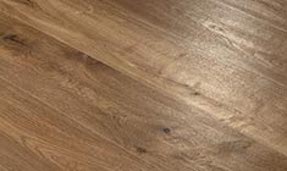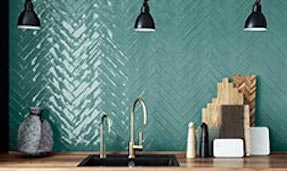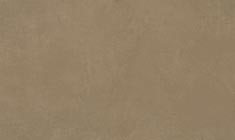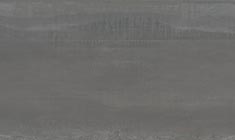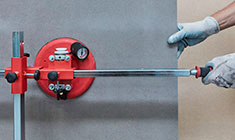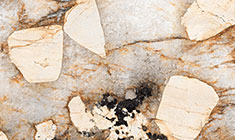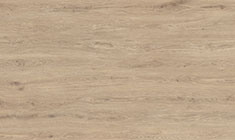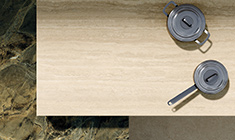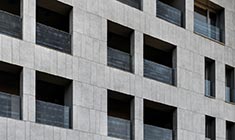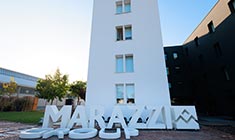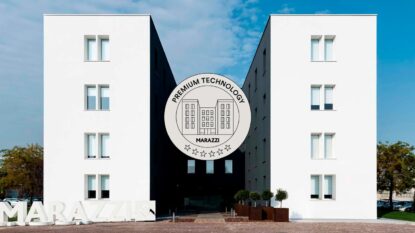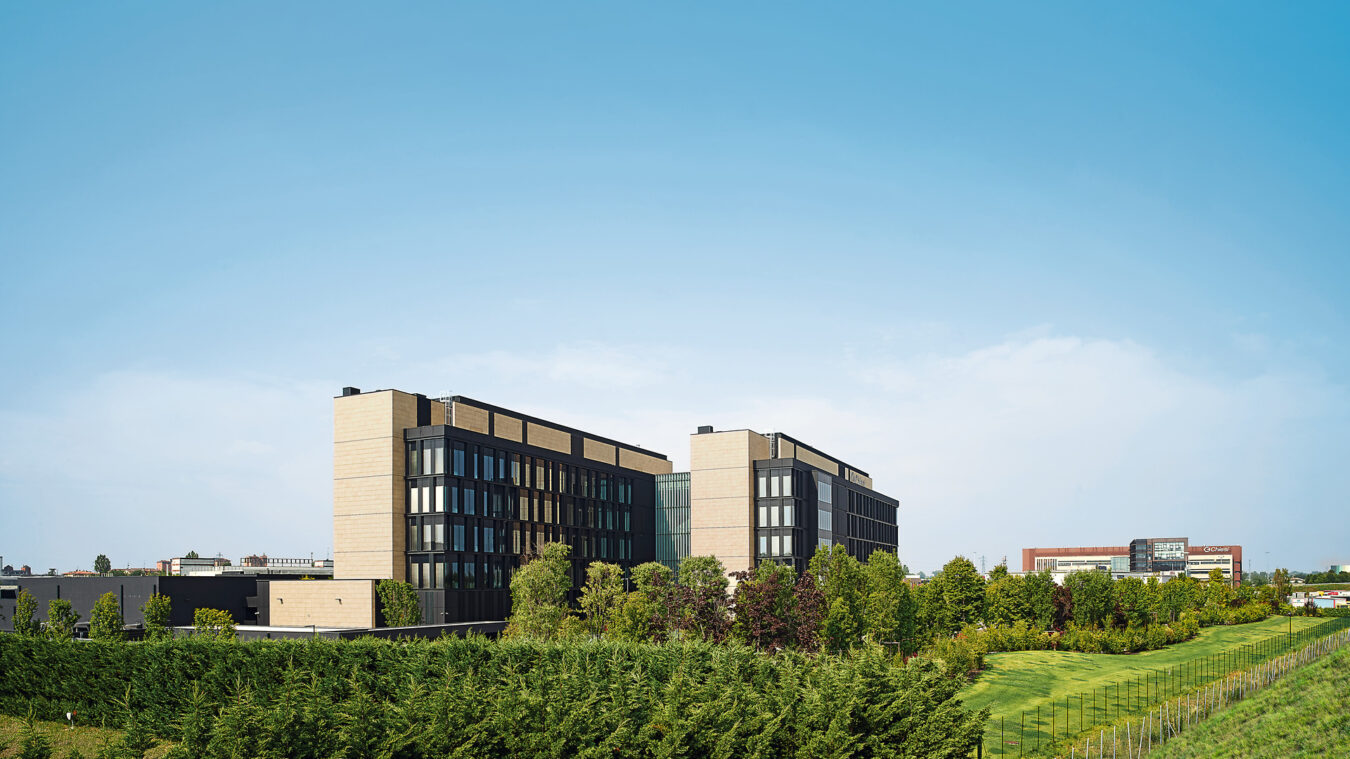The Chiesi Farmaceutici headquarters represents a manifesto for the pharmaceutical company that is also a B Corp. How does architecture express ESG criteria?
The project – explains architect Maria Pilar Vettori of the EFA studio di architettura – is the result of a structured decision-making process shared between the various company departments, identifying an innovative action of governance of work processes involving a number of different professionals. The definition and development of functional spatial layouts, the search for synergy between collective and peripheral environments, the quality and value of outdoor spaces through green areas that can be used in flexible ways at different times of day and seasons, the environmental comfort of indoor areas and the multifunctionality of the site: these are the guiding principles around which the building was designed and constructed. The site has also initiated a process of urban regeneration of the industrial area north of the city, bringing a new level of urban life to a previously disused area.
Porcelain stoneware was used extensively from ventilated walls to interior floors. How does ceramic affect building sustainability?
The decision to use ceramic as a coordinated material – explains Pietro Chierici of the EFA studio di architettura – was dictated by a desire to ensure easy maintenance and management of the surfaces involved to ensure that architectural components are durable. Modular elements and surface texture were added to the efficient assembly rationale that made it possible to comply with the construction deadlines. Tactile characteristics were decisive in meeting the parameters required not only by the company but also by the certification procedure (LEED Platinum).
How were the ventilated walls designed?
The development of the project – Chierici continues – involved multiple professionals, including the Marazzi Engineering division. The facade engineering process was developed by a technical panel consisting of architects, facade designers and structural engineers. The choice of ceramics, the correct components and mounting systems made it possible to use various ventilated wall technologies with the same material, meeting different requirements. This flexibility in material application was instrumental in achieving a solid and versatile corporate image at the same time.
What characteristics should the ideal supplier have in order to work with you?
Each actor in the process – Chierici explains – has a different specialisation and thus knowledge can intersect in the pursuit of a joint result. Each supplier is a success factor if well managed within the overall construction process. And the figure of the project manager plays a key role in guiding synergies between different operators. Vision, flexibility and timing are obviously important characteristics that qualify one supplier over another.
EFA studio di architettura works in the residential, commercial and tertiary sectors on projects mainly in the Milan area. How have customers changed?
Customers – Vettori clarifies – play a decisive role in guiding project choices. They have become more attentive and informed actors who are well acquainted with the market. In some cases, it is already clear how the project should be developed and which strategies should be used. In other cases, the team must include experts in specific fields. A customer who has a clear idea of what direction they want to take is obviously valuable.
The “Architettura disciplina eteronoma” (Architecture, a Heteronomous Discipline) conference at the CSAC in Parma, curated by Emilio Faroldi, investigated the interdisciplinary approach of the design method.
In the contemporary scenario, explains Vettori, architects must be increasingly multi-disciplinary. They must be familiar, even if only marginally, with different disciplines in order to guide their design choices and approach to construction. They must be able to dialogue with different professionals. The concept of the heteronomy of architecture materialises in this range of possibilities deriving from specialised fields, which are sometimes distant from each other but nevertheless interact. The presence of specialised professionals around a work table is an element that gives the project rich content and substance, qualifying it as a path that can lead to a unique work.

